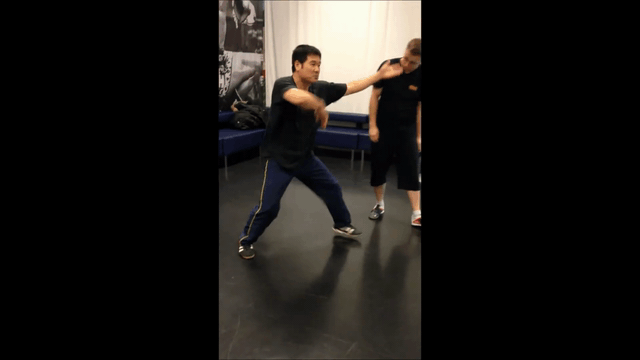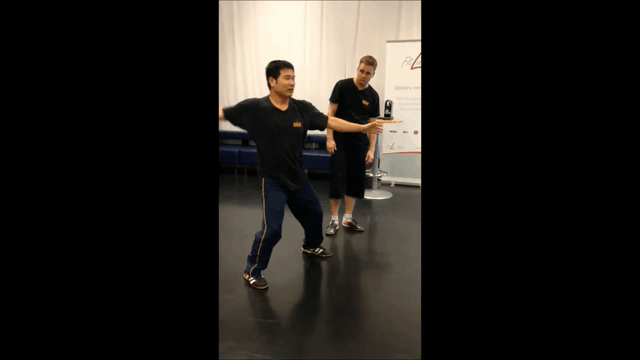windwalker099
Master Black Belt
However there are stationary stances that are trained that talk about rooting, but even then you can not forget that at some point that posture/structure, has to move
The movement between the feet, which influences the "cg" , rest of the posture and whatever it’s connected with through the contact point.
The training of fixed step is one way to train this concept. However, it is not the ultimate goal of the training, as it has often been misconstrued by competitive practitioners, thereby corrupting the original intent of the practice.
"Rooting" can be looked at in different ways. One perspective is that if a person can feel your root, it means they can act on the frame. If they cannot feel it, there is no frame for them to act on.
"I know him, he does not know me"



